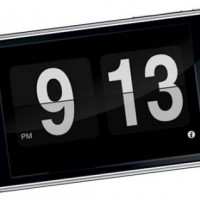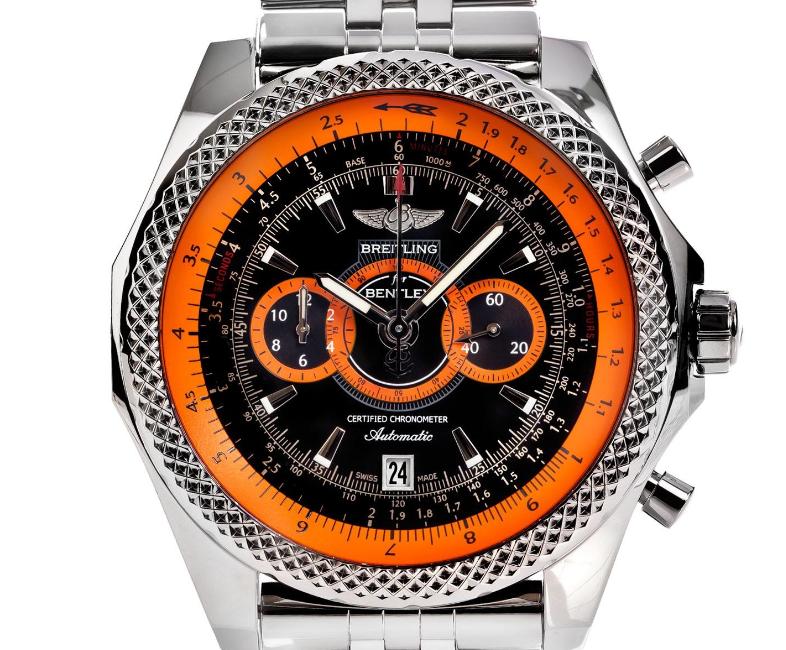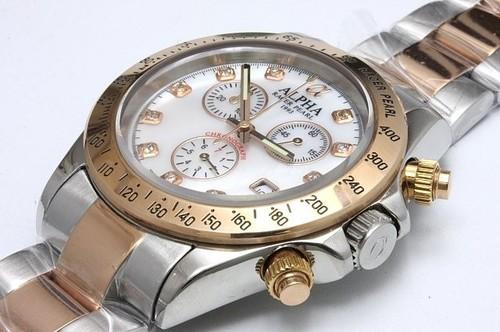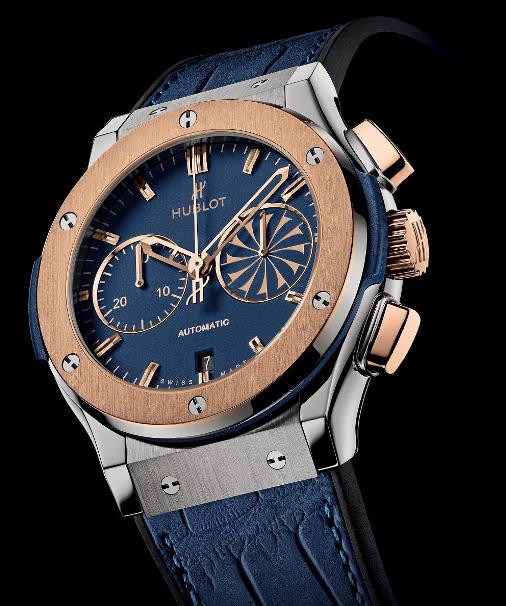One in seven people has no need for a watch, a survey suggests. So the question is, are mobile phone time displays killing off the wristwatch?
At the beginning of the 20th Century the fashion was for pocket watches as Jonathan Scatchard, author of Miller’s guide to wristwatches explains:
“It was a rite of passage; a real man had a chain with a watch hanging from it,” he says. “During World War I, the practicalities of trench warfare led soldiers to attach them to the wrist with leather straps. But it was not until improved technology, such as the self-winding mechanism, that they became the norm. Even in the late 1920s it could be thought of as a little bit effeminate if a man wore a wristwatch.”
For several generations people have sworn they would be lost without one. A faulty movement or dead battery sent them scurrying to the watch repairers, desperate to restore to their lives the concept of trusty timekeeping. And in today’s time-poor society, the need for timekeeping has if anything increased rather than diminished. But according to market analyst Mintel, the growth of portable digital products – phones, laptops, MP3 players – with time displays represents a gathering cloud over the watch industry.
In its survey of more than 1,500 people in the UK, 14% said they had no need for a watch. Mirrored across the country, that would amount to 7.2 million people, while the percentage doubled among 15 to 24-year-olds. In fact if you question many young people in this age bracket they express little or no interest in watches and use mobiles, Blackberries, iPads and iPods to tell the time.
Mintel’s analysts believe this trend will continue, with market figures showing a 9% increase in mobile phone ownership since 2005. Meanwhile the number of watch owners has remained static.
“It’s a growing trend that is a potential threat to demand for standard wristwatches,” says Mintel’s Tamara Sender. “Young people who have grown up with technology are more likely to check the time with a mobile phone.”
However wristwatches remain popular – 86% of people still own one, even if many of those last saw their timepiece buried somewhere in their sock drawer.
“But the concept of the watch could change” says Ms Sender. Mintel cites as an example the new iPod nano, a miniaturised version of Apple’s popular digital music player, which features a watch face and a clip on the back allowing it to be worn with a wrist-strap.
Such convergence of technology – as with phones, cameras, MP3 players and internet applications – is inevitable, according to Dr. Ben Highmore, Trends Lecturer at the University of Sussex.
“Wristwatches are becoming “redundant” and will probably disappear in the coming decades”, believes Dr. Highmore. “If you’re in the habit of wearing a watch, you’ll continue to do so, but if you’re growing up as a ‘digital native’ with a mobile phone and you don’t get into that habit, then it’s a leap to buy one.” Even so, he admits: “Buying a Rolex isn’t about knowing the time.” It’s bound up with one of the historical reasons for carrying a watch – status.”
But will the status and cache of a quality wristwatch remain a constant? While acknowledging this is the preserve of wealthy adults, Mr. Scatchard says: “As younger people get older and start to have a bit more money, their attitudes will change.”
It’s a sentiment echoed by veteran watch repairer Robin Martin, who has experienced the industry’s ups and downs from his Portsmouth repair shop since 1959.
“Absolute rubbish” is his response to the question of whether watch-wearing is in decline. “We’re busier today than ever before. I haven’t found any drop-off in use, even at the younger end,” he says.
If young people are to be won over it will be through designer brands. “It gets more to do with status the older they get” says Jo Sawkins, Fashion Editor at Sugar. Whether they come to view watches as essential in the way their parents did, however, only time will tell.”
Edited from an article by Andrew McFarlane of BBC News Magazine









It seems to me that the wristwatch has exactly the same advantage over the phone as it did over the pocket watch… it can be seen at a glance, and even observed discreetly like during a meeting.
If anything, things may go the other way. In the future your watch may be an alternate text and email display (via bluetooth or similar) for your phone which can then remain in purse or holster.